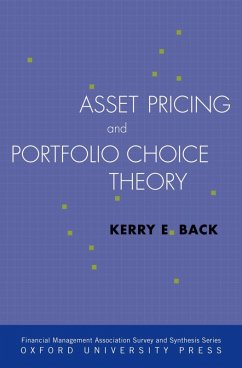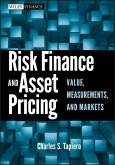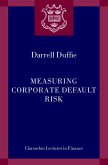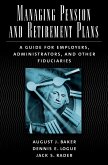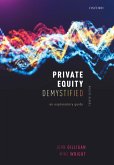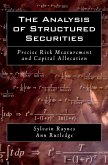In
Asset Pricing and Portfolio Choice Theory, Kerry E. Back at last offers what is at once a welcoming introduction to and a comprehensive overview of asset pricing. Useful as a textbook for graduate students in finance, with extensive exercises and a solutions manual available for professors, the book will also serve as an essential reference for scholars and professionals, as it includes detailed proofs and calculations as section appendices. Topics covered include the classical results on single-period, discrete-time, and continuous-time models, as well as various proposed explanations for the equity premium and risk-free rate puzzles and chapters on heterogeneous beliefs, asymmetric information, non-expected utility preferences, and production models. The book includes numerous exercises designed to provide practice with the concepts and to introduce additional results. Each chapter concludes with a notes and references section that supplies pathways to additional developments in the field.
Dieser Download kann aus rechtlichen Gründen nur mit Rechnungsadresse in A, B, BG, CY, CZ, D, DK, EW, E, FIN, F, GR, HR, H, IRL, I, LT, L, LR, M, NL, PL, P, R, S, SLO, SK ausgeliefert werden.

